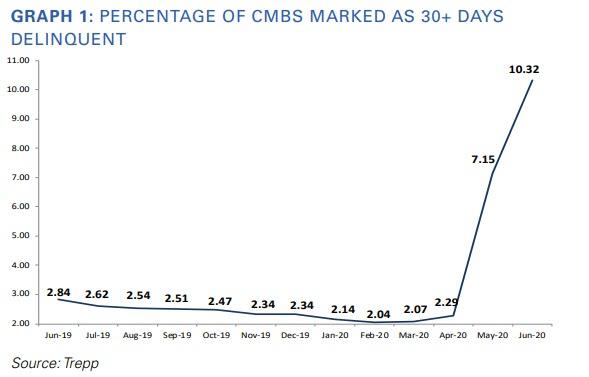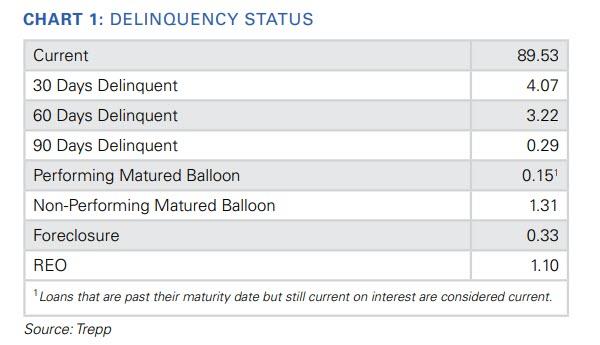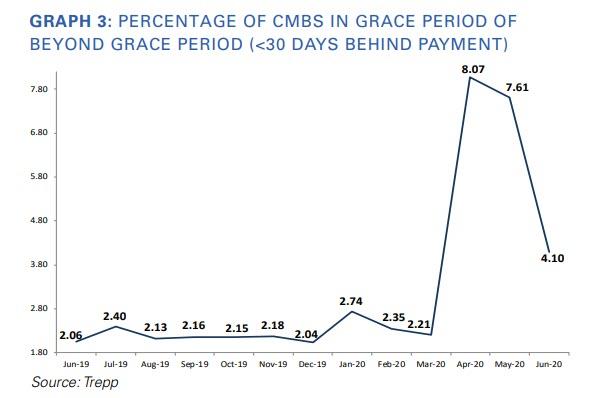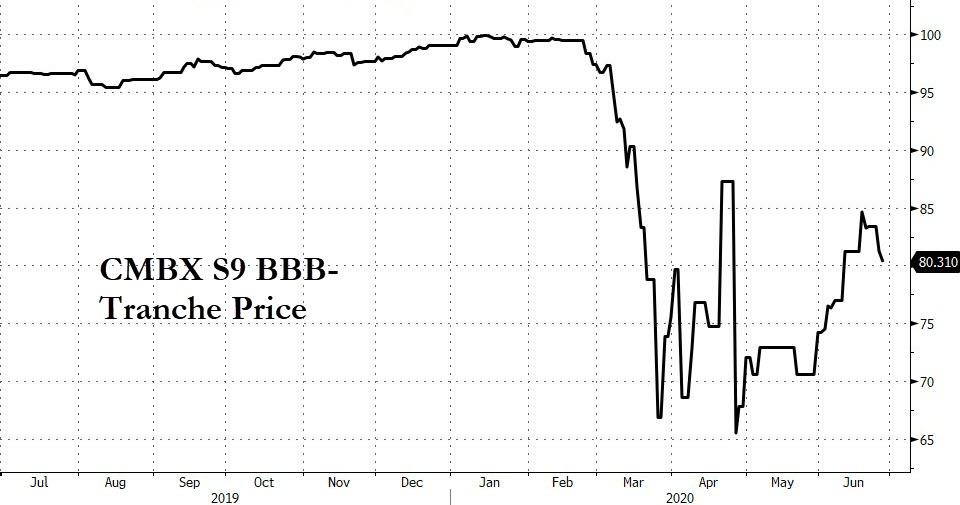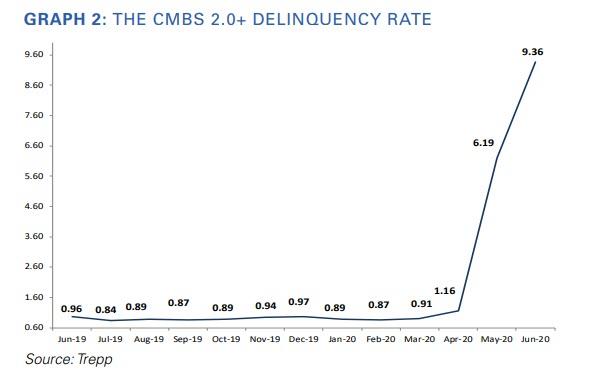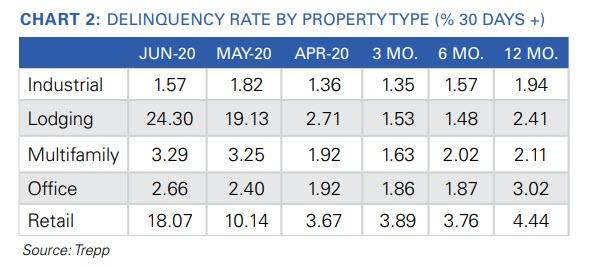Ten months after Houston cops killed a middle-aged couple during a no-knock drug raid based on a fraudulent search warrant affidavit, Police Chief Art Acevedo was still assuring the public that the incident did not reflect a broader problem in his department or its Narcotics Division. “We will continue to be vigilant in our processes and our systems and our audits,” Acevedo told reporters on November 20, dismissing “the chances of this being systemic.” That was the day the Justice Department announced federal civil rights charges against Gerald Goines, the former narcotics officer who cited a heroin purchase that never happened to justify the raid that killed Dennis Tuttle and Rhogena Nicholas in their home on January 28, 2019.
New criminal charges against Goines and five of his former colleagues, along with internal audit results that were revealed yesterday, show that “the chances of this being systemic” are actually 100 percent. The revelations suggest that Acevedo, who has been presenting himself as the embodiment of police reform since George Floyd’s death, either had no idea what was going on in his department or did not want the public to know.
“Houston Police narcotics officers falsified documentation about drug payments to confidential informants with the support of supervisors,” Harris County District Attorney Kim Ogg said yesterday. “Goines and others could never have preyed on our community the way they did without the participation of their supervisors; every check and balance in place to stop this type of behavior was circumvented. This was graft and greed at every step in the process, and prosecutors are making their way through the evidence one incident at a time.”
Goines, who was employed by the Houston Police Department for 34 years, already faced state charges (felony murder and tampering with a government document) in connection with the raid. He has now been charged with falsifying three other search warrants and stealing public money. His former partner Steven Bryant, who already faced state and federal charges for backing up the fictitious story that Goines concocted as evidence that Tuttle and Nicholas were selling heroin, is now charged with theft and three more counts of document tampering, related to false statements about confidential informants.
Officer Hodgie Armstrong, who also worked with Goines in Squad 15 of the Narcotics Division, faces one charge of tampering with a government document, in his case an offense report. Three narcotics supervisors also have been charged: Sgt. Clemente Reyna faces one count of theft and three counts of falsifying confidential informant forms, Sgt. Thomas Wood faces one count of each, and Lt. Robert Gonzales faces one charge of tampering with an offense report.
Notwithstanding Acevedo’s assurances, it has been clear all along that Goines’ shady practices—which prosecutors say go back more than a decade, tainting at least 164 convictions—went undiscovered because of lax supervision. Ogg says “supervisors signed records stating they witnessed street-level officers pay money to confidential informants for buying drugs, when the evidence reveals the supervisors were not actually there, and therefore could not have witnessed what they claimed to have witnessed.”
Additional charges are expected. “The new charges show a pattern and practice of lying and deceit,” Ogg said. “There are mountains [of] more evidence to review, and more charges are likely as we push into the next phase of our investigation.”
After Ogg announced the new charges, Acevedo finally released the results of an internal audit that revealed widespread sloppiness, if not outright malfeasance, in the Narcotics Division. Despite his lip service to transparency, Acevedo had for months resisted making those findings public, saying he did not want to compromise Ogg’s investigation.
The audit, which covered the period from January 1, 2016, to January 28, 2019, examined all the cases handled by Goines and Bryant, plus “a representative sample” of cases from Squad 15 and three other squads. It discovered numerous “administrative errors committed by Narcotics case agents and supervisors” and “policy violations” related to “warrant services, operations planning, and handling of confidential informants.”
The auditors also found “numerous errors” involving confidential informant payments but said “a conclusion of illegal activity is not possible without the ability to interview the confidential informant or witnesses.” Ogg’s office investigated that issue, resulting in some of the charges announced yesterday, which she says probably will be followed by more.
The audit identified “404 errors” in 231 investigations involving Goines and Bryant. The most common deficiency was the omission of case review sheets, which accounted for 29 percent of the errors. Other common errors included late submission of evidence (17 percent), late case tracking entries (16 percent), case tracking errors (14 percent), expense discrepancies (13 percent), failure to formulate tactical plans (11 percent), and incomplete investigations (9 percent).
That last category presumably would include Goines’ investigation of Tuttle and Nicholas, which was triggered by a false tip from a neighbor. Although Goines supposedly investigated the couple for two weeks, he did not even know their names when he applied for the search warrant that proved to be their death warrant.
In a separate examination of 84 cases handled by Goines alone, the auditors found that he “failed to tag the drugs into the evidence box before the end of his shift” nearly half of the time. The report says “other recurring issues stemmed from ‘Expense Discrepanies’ (27%), ‘Missing Case Review Sheets’ (29%), ‘Case Tracking Errors’ (23%) and ‘Failure to Complete a Tactical Plan’ (25%).”
A review of 147 cases handled by Bryant found that he omitted case review sheets 31 percent of the time and failed to turn in the case file after completing an investigation 18 percent of the time. The auditors say “other recurring issues stemmed from ‘Late Case Tracking Entry’ (16%), ‘Case Tracking Errors’ (10%), and ‘Thoroughness of the Investigation’ (10%).”
Were the “errors” identified by the audit limited to Goines and Bryant? No.
A review of 173 cases handled by other narcotics officers in Squads 14 and 15 found 367 errors. The most common errors in Squad 14 involved missing case review sheets and incomplete investigations. The most common errors in Squad 15 were missing case review sheets and late report entries.
The audit also looked at 252 cases handled by Squads 9 and 10. It identified 409 errors. The most common error in Squad 9 was that perennial favorite, missing case review sheets, followed by late case tracking entries and late report entries. The most common errors in Squad 10 were missing supervisor signatures on case review sheets and late case tracking entries.
While some of this sloppiness may seem unimportant, we are talking about investigations that lead to the use of potentially deadly violence. When narcotics officers fail to properly and promptly document the evidence they have gathered, there is less assurance that it is legally adequate to justify searches and arrests. And when supervisors fail to notice and correct these deficiencies, they send the message that following official procedures is optional and open the door to flagrant fraud of the sort committed by Goines and Bryant.
Given “the number and variety of errors,” University of Nebraska at Omaha criminologist Sam Walker told The Houston Chronicle, the Narcotics Division “looks like an operation completely out of control.” Houston NAACP President James Douglas concurred. “I wouldn’t have confidence in anything that came from this division,” he said. “This calls into questions other divisions. If it’s this lax in narcotics, what happens in other divisions in the police department?”
Based on their findings, the auditors recommended six reforms that Acevedo either had already announced or has since implemented. They include requiring a lieutenant (rather than a sergeant) to be present when search warrants are served, higher-level approval of various operations, supervisor review of “investigative efforts that support the search warrant affidavit to determine the sufficiency and efforts of the case agent,” enhanced oversight of confidential informants, requiring approval by the chief’s office for no-knock warrants, and the use of body cameras during drug raids.
These changes are certainly an improvement, but they reflect the “systemic” problem that Acevedo said his department did not have. Recall that he promised the department “will continue to be vigilant,” implying that it was already vigilant, which is manifestly not the case. His denial of reality is alarming in light of the high-level misconduct that Ogg’s office is still uncovering. So is Acevedo’s blithe attitude toward police abuses, which he says are inevitable and cannot realistically be prevented.
“Police officers have been engaged in misconduct since the advent of time,” Acevedo—who initially tarred Tuttle and Nicholas as dangerous drug dealers while praising the cops who killed them as “heroes”—said in November. “Human beings have been sinning since…the days of Adam and Eve, right? I mean, we’re imperfect beings. I can’t guarantee that nothing will ever happen again.”
In other words, it’s too bad that two innocent people died for no good reason, but shit happens. This is the message that Acevedo, who righteously condemns police misconduct in other cities, is sending to Houstonians who would like some assurance that the armed agents who work for him will respect their constitutional rights.
from Latest – Reason.com https://ift.tt/3gmeO7H
via IFTTT



